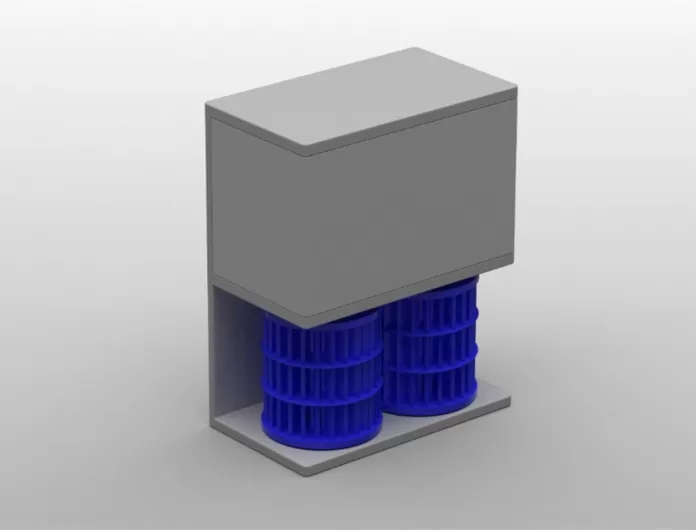Ricoh in Japan has made a small hydropower device that can be used in sewage treatment plants. Low-head screw rotors are powered by sewage water.
The imaging and electronics business said that sewage plants could use the energy made by the micro-hydro device.
“Right now, we haven’t done any tests to see how our system works with PV or floating PV,” a company representative told pv magazine. “However, we do think there is a chance that PV could be added to our system in the future, since sewage sites have a lot of space.”
The company worked with Seabell Incorporated, a business that makes micro-hydroelectric systems, and the Kanazawa Institute of Technology to create the water turbine that is part of the system. It is made up of two engines that are attached to a single unit. This makes it easy to make electricity. Also, a waterwheel can be put right in the current waterway, so there is no need for a new canal to go around it. Ricoh’s 3D printer technology was used to make the system’s 3D-printed blades. These are made from minerals that come from plants.
“Our turbine is more than twice as strong as a metal turbine compared to a water turbine made from common 3D printer materials,” the spokesman said. “Its strength stayed the same even after being submerged for a long time, and it could be used to make a lot of hydroelectric power.”
Ricoh did its first trial tests at a sewage treatment plant in Shizuoka prefecture, Japan, with the help of the Ministry of Land, Infrastructure, Transport, and Tourism (MLIT). The project is meant to solve a number of problems with the way micro-hydroelectric systems are used at water treatment plants. Some of these problems are low engine efficiency, low output, high up-front costs, and a lot of work for people. The energy made by the micro-hydro system can be used as a backup power source in places like water treatment plants and centres for preventing disasters.
“The system will be sold in Japan at first, but we are always looking into the possibility of bringing our technology to other places, like Europe, the U.S., and emerging economies,” the spokesperson said.
Ricoh released a pico-hydro power system in March. This system can be used with industrial drainage systems and irrigation ditches.
A company representative told pv magazine, “The system can also be used with photovoltaics and batteries to make sure there is a stable supply of power.” “Depending on how much electricity is made, it can be used for Internet of Things devices like sensors, lights, and charging systems.”





